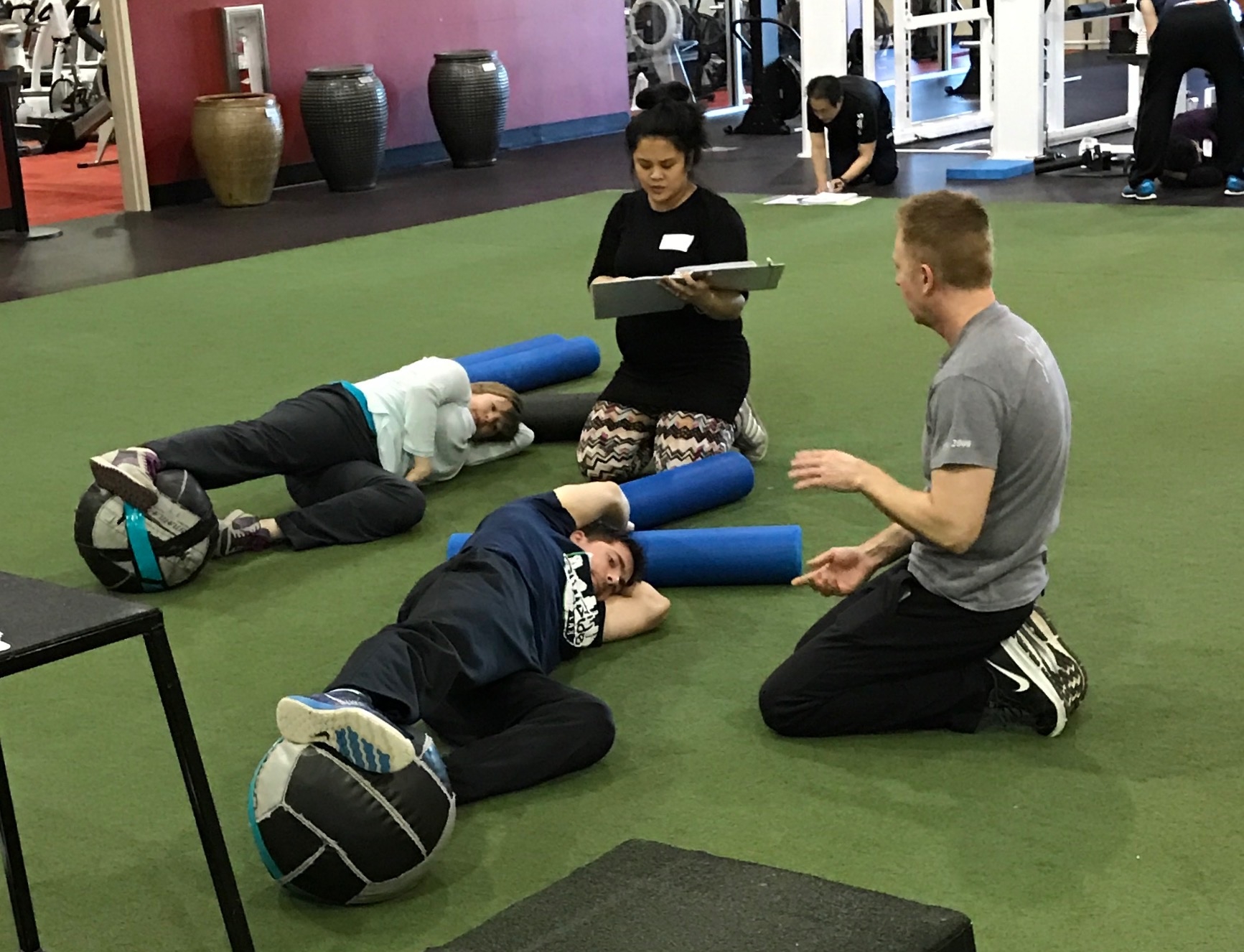This past weekend, I was invited to teach at a beautiful Pro Sports Club Performance Facility outside of Seattle. This kicked off the 2017 PRI Integration for Fitness and Movement course schedule. It was a great weekend!
You can read the full review here.
This is a 2 day advanced lecture and lab course designed to assist personal trainers, fitness instructors, coaches, sports medicine professionals, and movement enthusiasts in restoring tri-planar function and core performance. Participants gain an appreciation for PRI fundamental principles as applied to various fitness, performance, and rehabilitation settings. PRI-based screening tools are provided to guide exercise selection, technique cueing, and programming. Emphasis is placed on biomechanical components of gait and thoracic position, as well as neurological movement concepts like breathing, grounding, and proprioceptive integration. Lab sessions allow participants to experience each of the principles presented and learn how to immediately apply concepts in their setting. Programming is designed to restore alternating reciprocal movement patterns to optimize athletic durability.













